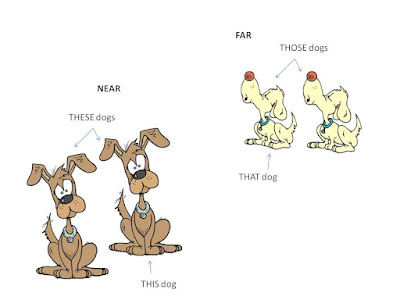Adverbs of Frequency are adverbs of time that answer the question "How frequently?" or "How often?". They tell us how often something happens.
Frequency
|
Adverb
|
Example
|
100%
|
always
|
I always go to bed at 11pm.
|
90%
|
usually
|
I usually walk to school.
|
×70%
|
often
|
I often surf the internet.
|
×50%
|
sometimes
|
I sometimes go to the cinema.
|
0%
|
never
|
I never swim in the sea.
|
Adverbs of frequency are put directly before the main verb. If 'be' is the main verb and there is no auxiliary verb, adverbs of frequency are put behind 'be'.
Subject
|
auxiliary/be
|
adverb
|
main verb
|
object, place or time
|
I
|
often
|
go swimming
|
in the evenings.
| |
He
|
doesn't
|
always
|
play
|
tennis.
|
We
|
are
|
usually
|
here in summer.
|
On-line exercises to practise adverbs of frequency:
- Adverbs of frequency Quiz
- Position of adverbs of frequency 1
- Position of adverbs of frequency 2
- Sentences with adverbs of frequency
- Fill in the gap: adverbs of frequency
- Adverbs of frequency order















